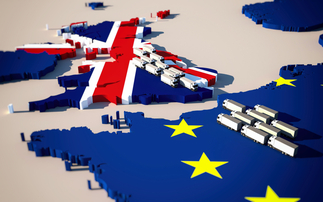Public spending watchdog says there is huge scope for savings
Wide differences in prices paid for LCD computer monitors The government is wasting huge sums of money, and incurring unnecessary costs for its suppliers, as a result of overlap in procurement pr...
To continue reading this article...
Join Computing
- Unlimited access to real-time news, analysis and opinion from the technology industry
- Receive important and breaking news in our daily newsletter
- Be the first to hear about our events and awards programmes
- Join live member only interviews with IT leaders at the ‘IT Lounge’; your chance to ask your burning tech questions and have them answered
- Access to the Computing Delta hub providing market intelligence and research
- Receive our members-only newsletter with exclusive opinion pieces from senior IT Leaders




















